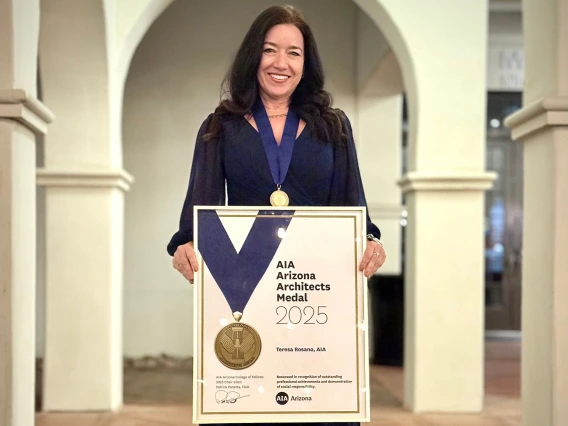In the News: Dr. Seth Okyere
Dr. Okyere was interviewed for WalletHub's "Best State Capitals to Live In" article

Dr. Seth Okyere, a visiting assistant professor of Urban Planning and CAPLA Emerging Faculty Fellow, was interviewed by WalletHub for the "Best State Capitals to Live In' article.
- What are the benefits and drawbacks to living in a state’s capital city?
- How have the demographics of capital cities changed in recent years?
- In evaluating the best state capitals to live in, what are the top five indicators?
- How does exempting government buildings from local property taxes affect the fiscal well-being of capital cities?
- Are residents of capital cities more likely to be politically engaged, all else equal?
What are the benefits and drawbacks to living in a state’s capital city?
State capitals, under the political and economic functions that they provide (or are supposed to), often spatially concentrate higher-order infrastructure facilities and services that provide some form of accessibility to residents. It is not uncommon for private and public entities linked to these core functions to locate in state capitals to take advantage of locational advantages and externalities. Therefore, state capitals may provide access to certain services that may not be available in other cities, even when they are functionally decentralized. The drawback is that spatial concentration, coupled with the lack of careful planning and distribution of functions, often generates higher traffic volumes and the congestion evident in many capital cities. This is usually not helped by the lack of intermodal transport and the bane of the automobile that continues to plague the contemporary American capital city.



